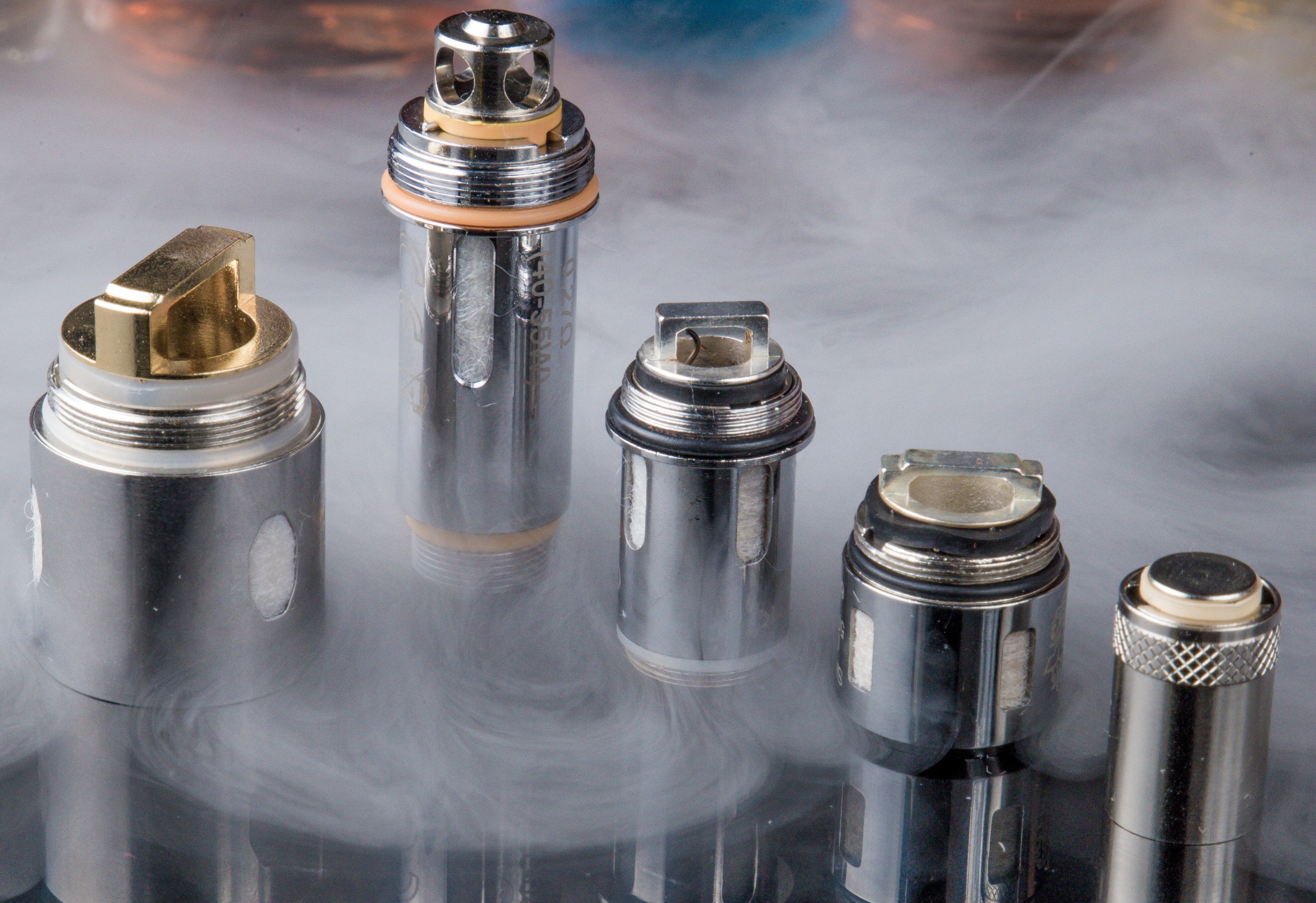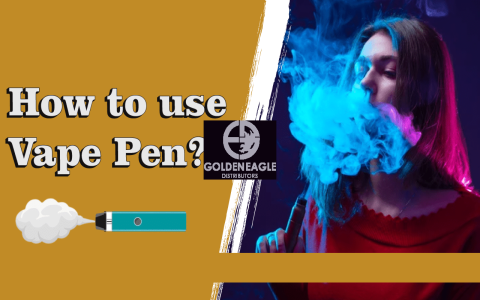What Are Electronic Cigarette Coils?
An electronic cigarette coil is a heating element within an e-cigarette device that vaporizes e-liquid to produce inhalable aerosol. It consists of resistance wire wrapped around an absorbent wicking material, typically cotton, which draws liquid from the tank. When electrical current flows through the wire, it heats up rapidly, converting e-liquid into vapor. Proper coil function is crucial for vapor production, flavor intensity, and throat hit.
Types of E-Cigarette Coils
Common coil types vary based on wire material and resistance, affecting performance:

- Kanthal Coils: Made from iron-chromium-aluminum alloy; suitable for wattage mode with stable resistance, offering good vapor and flavor.
- Stainless Steel Coils: Versatile for wattage or temperature control (TC) modes; resistant to corrosion and oxidation, providing consistent heating.
- Nickel (Ni200) Coils: Designed exclusively for TC mode; low resistance allows precise temperature regulation to prevent dry hits but requires compatible mods.
- Titanium Coils: Also for TC mode; heats quickly with high thermal efficiency, but must avoid dry firing to prevent unsafe compounds.
Key Parameters and Performance Factors
Coil performance hinges on several technical factors:
- Resistance (Ohms): Measured in ohms; lower resistance (e.g., 0.15Ω) allows higher wattage for dense vapor, while higher resistance (e.g., 1.8Ω) uses less power for cooler, longer battery life.
- Wattage Range: Optimal wattage varies by coil; exceeding it can cause burning or shortened coil lifespan. Always follow manufacturer recommendations.
- Temperature Control (TC): Coils like nickel or titanium enable TC, setting max temperature (e.g., 200-300°C) to avoid overheating and maintain flavor consistency.
- Coil Design: Factors include number of wraps, wire gauge, and coil mass; multi-core or clapton coils enhance surface area for richer vapor and flavor.
Installation, Maintenance, and Lifespan
Handle coils carefully to extend usability and ensure safety:
- Installation: Prime coils by saturating wick with e-liquid before use to prevent dry burns; attach securely to the atomizer base and test resistance.
- Cleaning: Rinse coils under water after removal to remove residue; dry thoroughly. Avoid aggressive cleaning that damages wicking material.
- Replacement: Replace coils every 1-2 weeks or when experiencing reduced vapor, burnt taste, or leaks; monitor for discoloration or gunk buildup.
- Troubleshooting: Ensure proper e-liquid viscosity; avoid chain vaping to prevent overheating; always use compatible batteries and mods to prevent safety risks.









